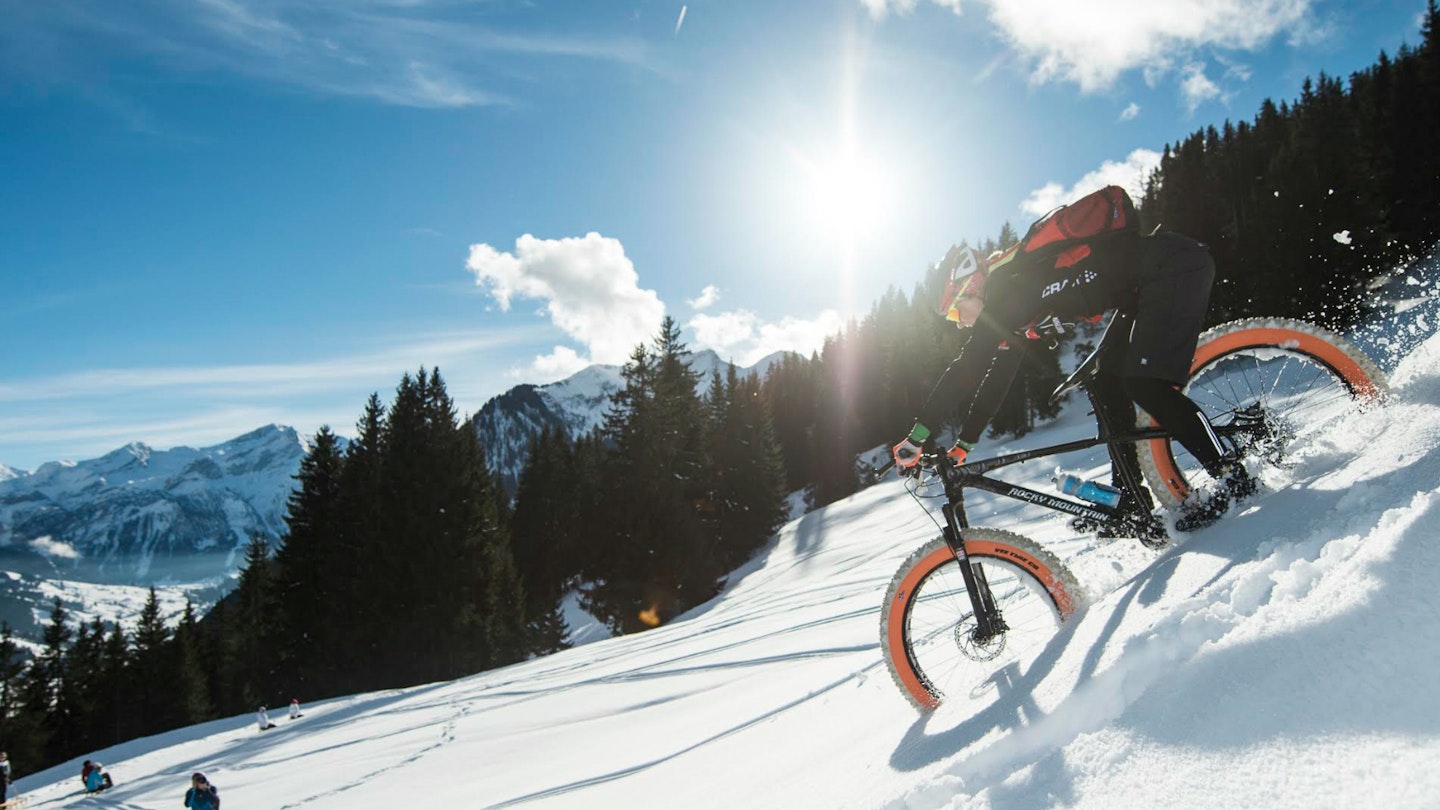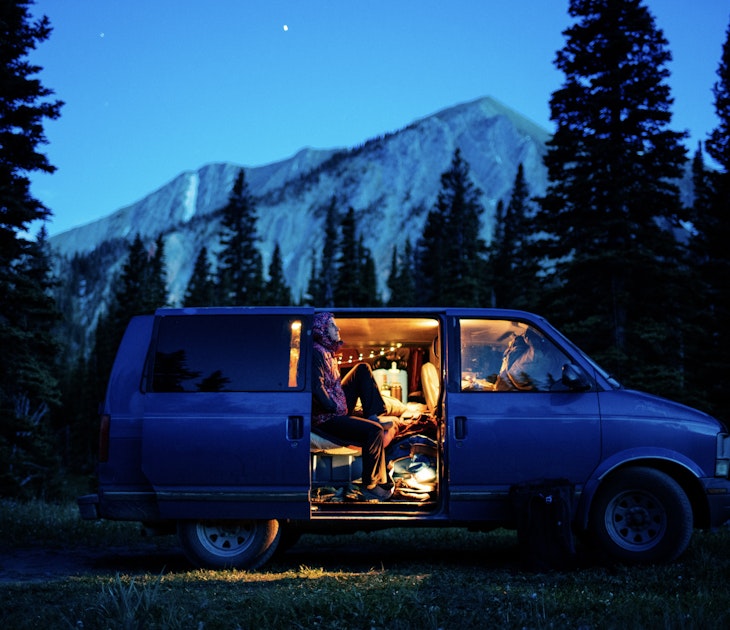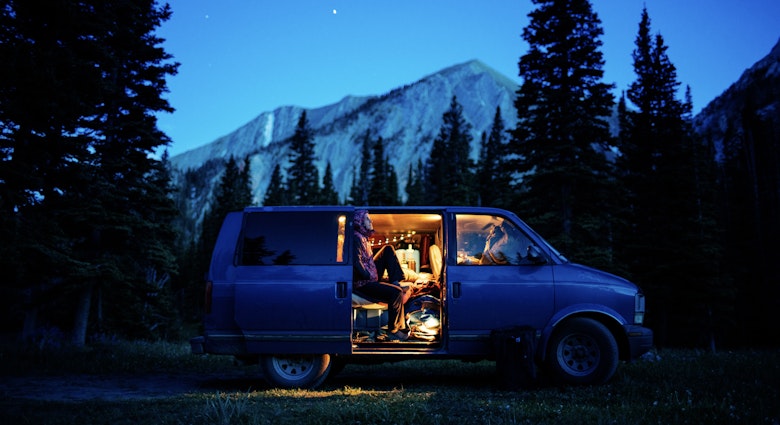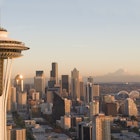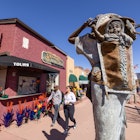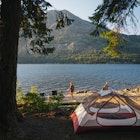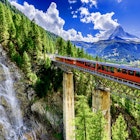With Europe’s first dedicated fat bike slope now open in Villars and a fat biking festival being hosted down the road in Gstaad, are we about to see this novel winter sport take off in Switzerland? Or is it just a load of hot air?
Snowflakes bellow into our face as we cruise past the glitzy designer stores along the main street in Gstaad, Switzerland. Sat high on our oversized steeds, our presence stops skiers in their tracks; giggling schoolgirls snap photos of us on their smartphones. If you’re ever in need of some attention, roll through a ski resort on a fat bike.

With huge oversized tyres, fat bikes look like the illegitimate lovechild of a mountain bike and a pufferfish, so it’s hard to tell if the locals think we’re uber-cool or utterly ridiculous. But the unusual design is not without purpose: fat bikes enable riders to tackle snowy or icy terrain with much greater stability than a typical two-wheeler, opening up the possibility of exploring mountains throughout winter.
That’s certainly the hope in Gstaad anyway. The charming alpine resort has prepared 30km of snow-covered tracks for fat bikers as part of the annual Snow Bike Festival, which has now been recognised by the cycling governing body, the Union Cyclist Internationale. This acknowledgement has helped the event to attract more than 30 professional participants in 2017.
'This is a big step forward,' argues Max Wussler, communications manager for the festival. 'If fat bike enthusiasts have professional riders to inspire them, it can help the sport to grow. Until now, they haven’t really had any.'
Among those to adopt the sport is Hielke Elferink, the three-time Dutch MTB Marathon National Championship winner. 'I used to ride on snow on regular mountain bike tyres in winter,' she says, 'but in deep snow you lose traction and sink so much that you can’t go any further. Fat bikes are a great solution - like a cross between mountain biking, skiing and snowboarding.'

A smooth ride
Coasting along the flat valley floor, the ride feels as smooth as a Rolls-Royce, but we soon hit trouble when we follow a steep, weaving road-track towards a wood. Fat bikes may give the impression they can conquer any terrain, but this is patently not the case going uphill.
With snow blanketing the landscape, any attempt to stray from the track results in a frantic, cartoon-like effort not to slide back down. Even on level ground, if the snow is too thick and not packed underneath, cycling feels like moonwalking in sand - it delivers poor returns despite vigorous pedalling.
'The ideal conditions are hard ground underneath for the grip, and soft snow on the top for the fun,' believes fat bike guide Christophe Bosch. 'It’s actually better on colder days, when the ground is firmer. If it’s soft at the bottom, you can expend energy fast.'

Where the fun begins
Reaching the quaint, neighbouring village of Schönried, riding towards a vista of distant mountain peaks, we hit some open descents on gentle hills that are the equivalent of a blue-graded ski slope. This is where the whooping and laughing really begins. In deep powder, fat biking feels like snowboarding on two wheels: the bike momentarily aquaplanes and maintaining your balance is a thrill. It’s easy to see why it’s gaining in popularity.
Although the sport is still in its infancy in Europe, cycling in snow has been commonplace in the US since 'blizzard' tyres were invented in Alaska in the 1980s. The original homemade wheels were created by the Arctic Bicycle club of Anchorage who studded their tyres with screws or spikes so they could compete in a snowy, 200 mile race between Knik to Skwentna. Soon bikes with oversized wheels appeared in New Mexico so that cyclists could traverse the desert sand.
It’s only in the past few years that ski resorts have cottoned on. The first mass-made fat bikes appeared in North America before arriving in the Alps. By 2015, a hybrid of a fat bike and a mountain bike (called a Plus Bike) was being produced. But putting the technological advances aside, can the public be convinced to try one out?

Will fat biking last?
Just 25 miles southwest of Gstaad is the well-heeled resort of Villars. Its grand hotels and classy restaurants have been attracting loyal swathes of British skiers for decades, but in 2017 it has taken a huge stride towards becoming a premier fat biking destinations by opening the first dedicated fat bike slope in Europe.
'Riders can take the cog railway up to the top of the slope at Bretaye at 1800m and enjoy the 4km ride from there down to Villars centre,' says Dominique Geissberger from Villars Tourism. 'It’s a long, scenic trail and totally separate from the ski runs.'
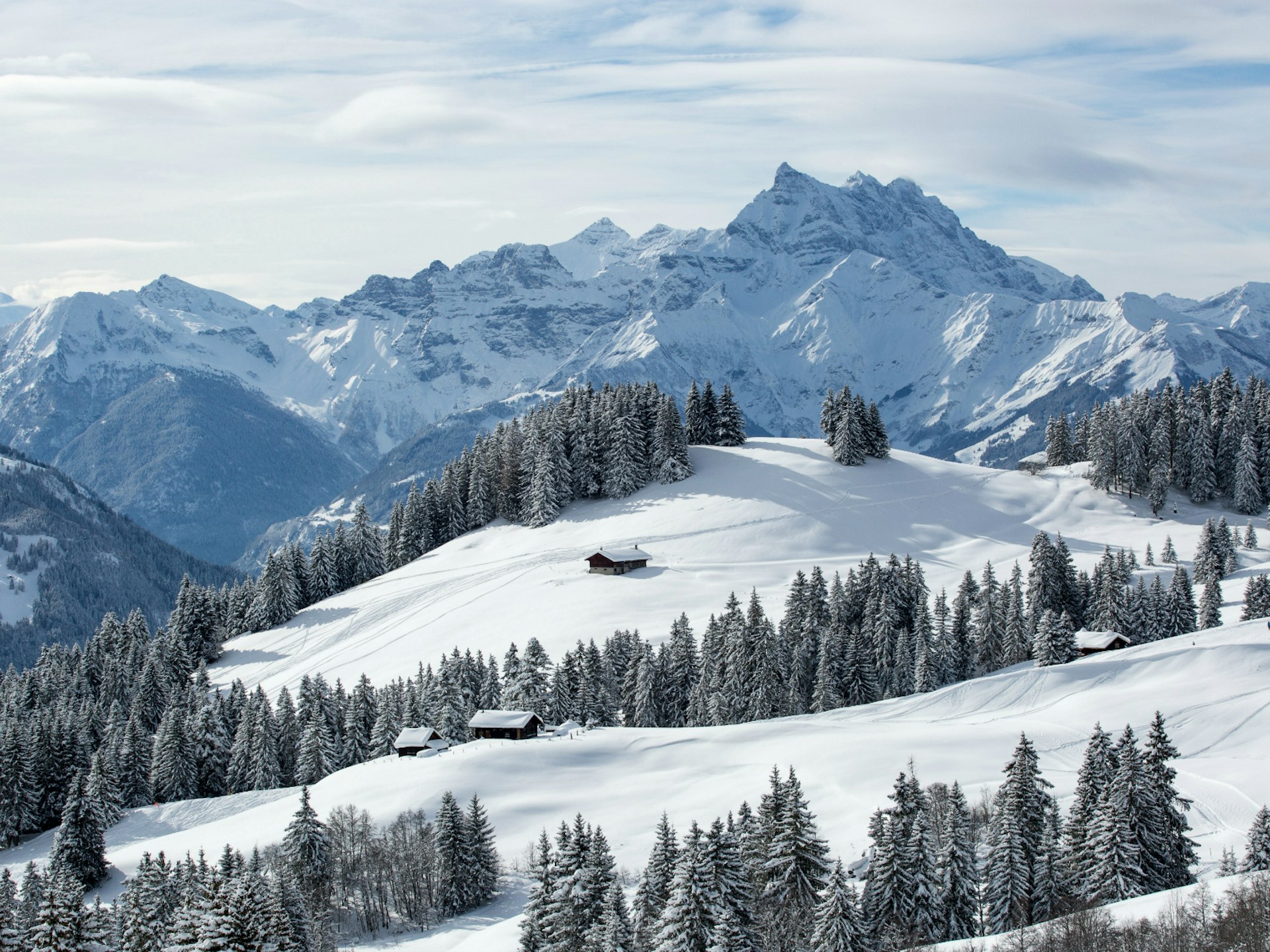
More than 30 ski resorts in the Alps now offer fat biking as an activity, but for the sport to really move through the gears, riders will need to be able to take their fat bikes on cable cars. The current idea is that you can only get as high as you can pedal, but that won’t ever allow fat bikes to compete with skiing or snowboarding; neither will sharing the same runs as the more traditional winter sports. 'On the same slopes it could end up a real mess,' muses fat bike guide Bosch.
However, those in the know seem confident, and Elferink sees a bright future for the sport. 'Fat biking can really bring exciting possibilities to winter biking,' the pro rider says. 'You smile all the way down and it’s so versatile. This way you can really explore nature further.'
Daniel Elkan travelled to Gstaad with support from Switzerland Tourism (MySwitzerland.com), Voyages SNCF (voyages-sncf.com) and the Huus Hotel (huusgstaad.com). Lonely Planet contributors do not accept freebies in exchange for positive coverage.
